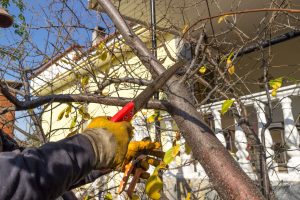What is Crowning?
Crowning is a process which involves pruning the outer edges of tree branches. The main goal is to decrease the size of the crown (the portion of a tree that is comprised of leaves and branches that extend from the trunk). Why might crowning be required on occasion?
One concern involves the aesthetics of the tree itself. There can be times when branches hang too low or dead limbs have accumulated over time. In these cases, crowning is often recommended. There may also be instances when a local town council requires trees to be maintained at a specific height (such as to address line-of-sight or visibility issues).
- tree crown lifting in hertfordshire 01
- tree crown lifting in hertfordshire 02
Crown Thinning
Crown Thinning is done to allow more light through to the crown without altering the overall shape and size of the tree. Select branches are removed together with any diseased wood. The tree is then pruned to reduce the crown density whilst retaining its natural shape.
A crown thin will reduce the wind resistance of the tree, improving its strength against storms and strong winds, increasing safety.
Advantages to Crown Thinning
- More light can pass through the tree branches, brightening up the garden/area
- Increased resistance against wind and bad weather conditions
- Crown can be selectively thinned for aesthetic reasons ensuring a balanced branch structure




